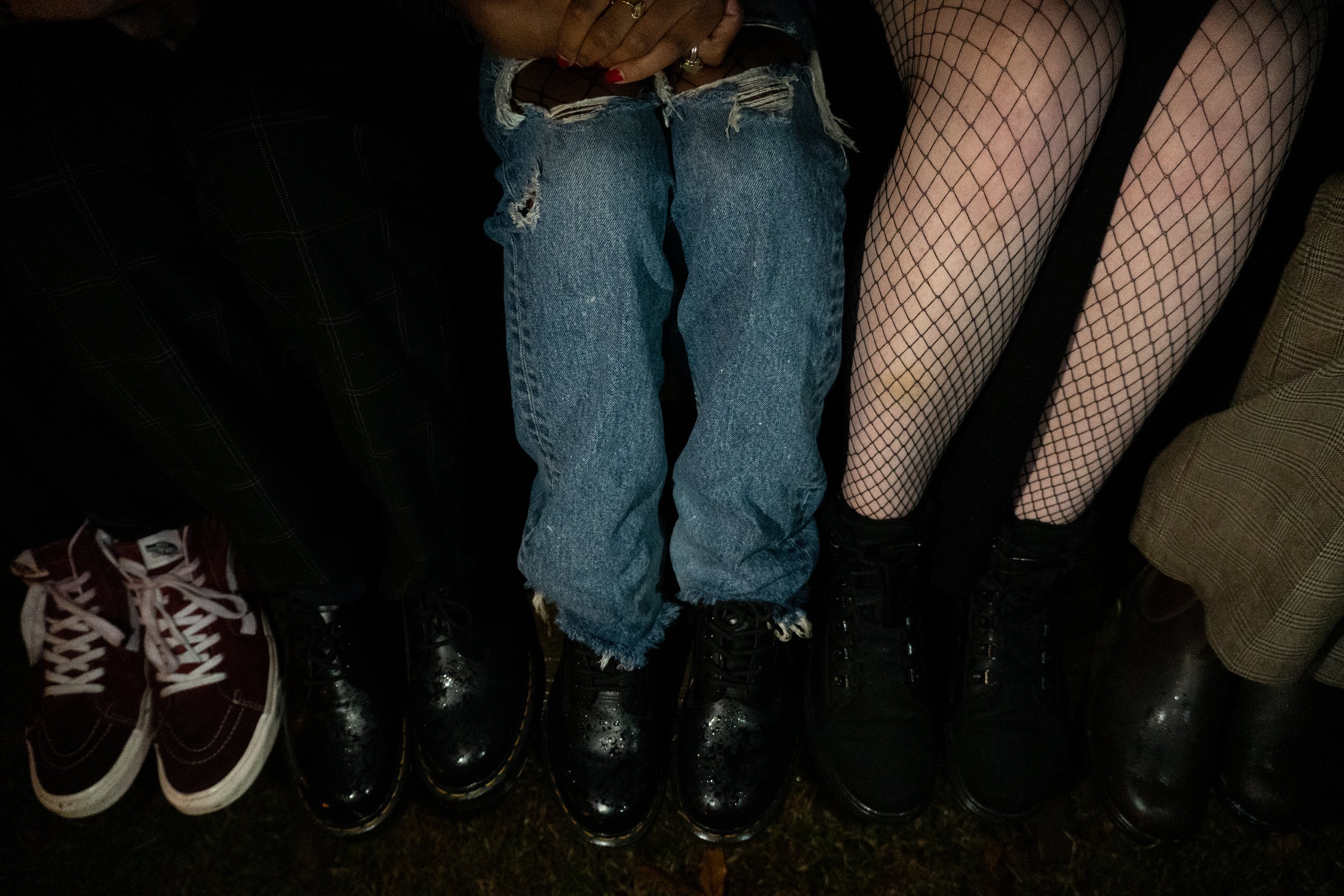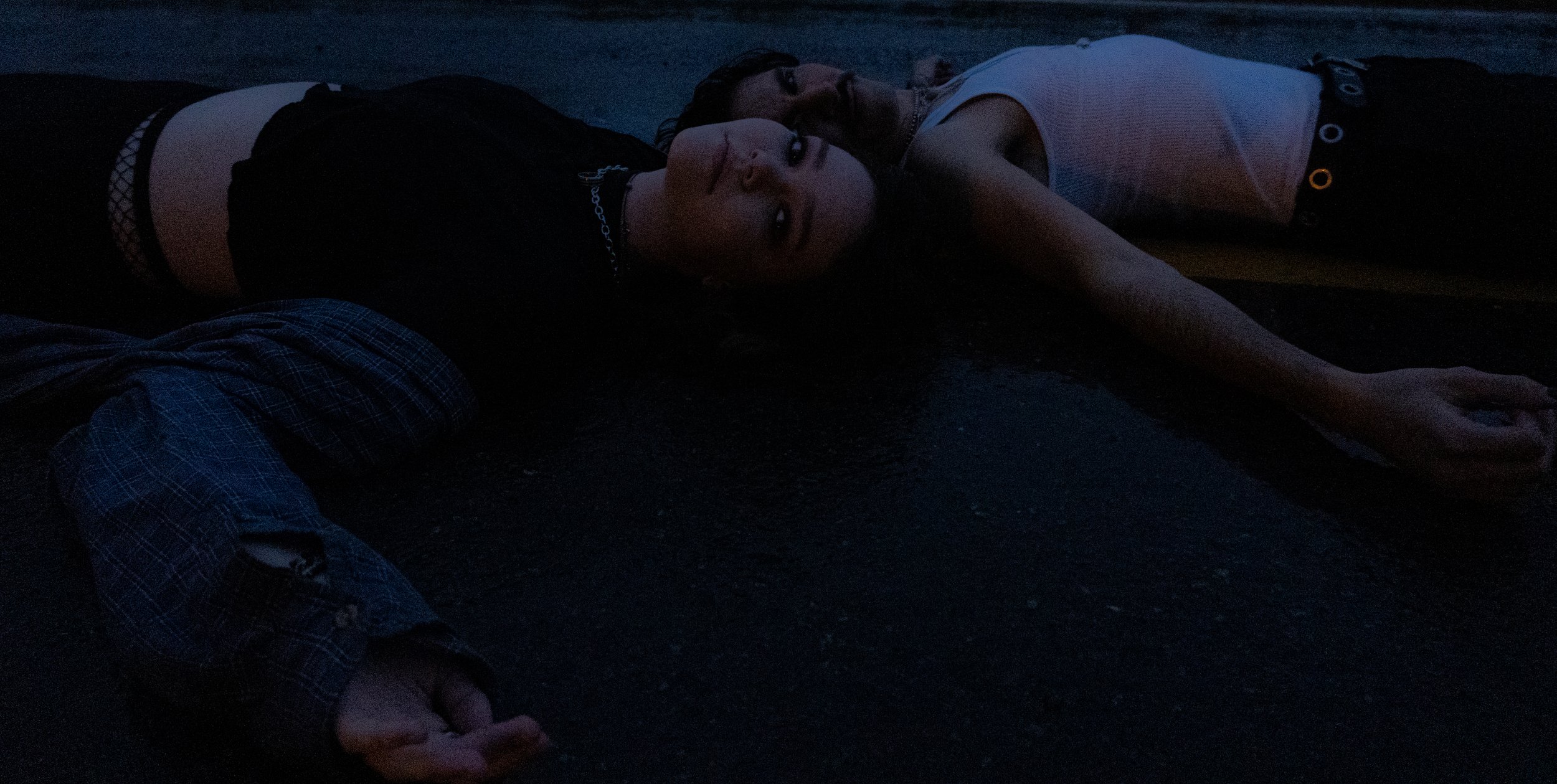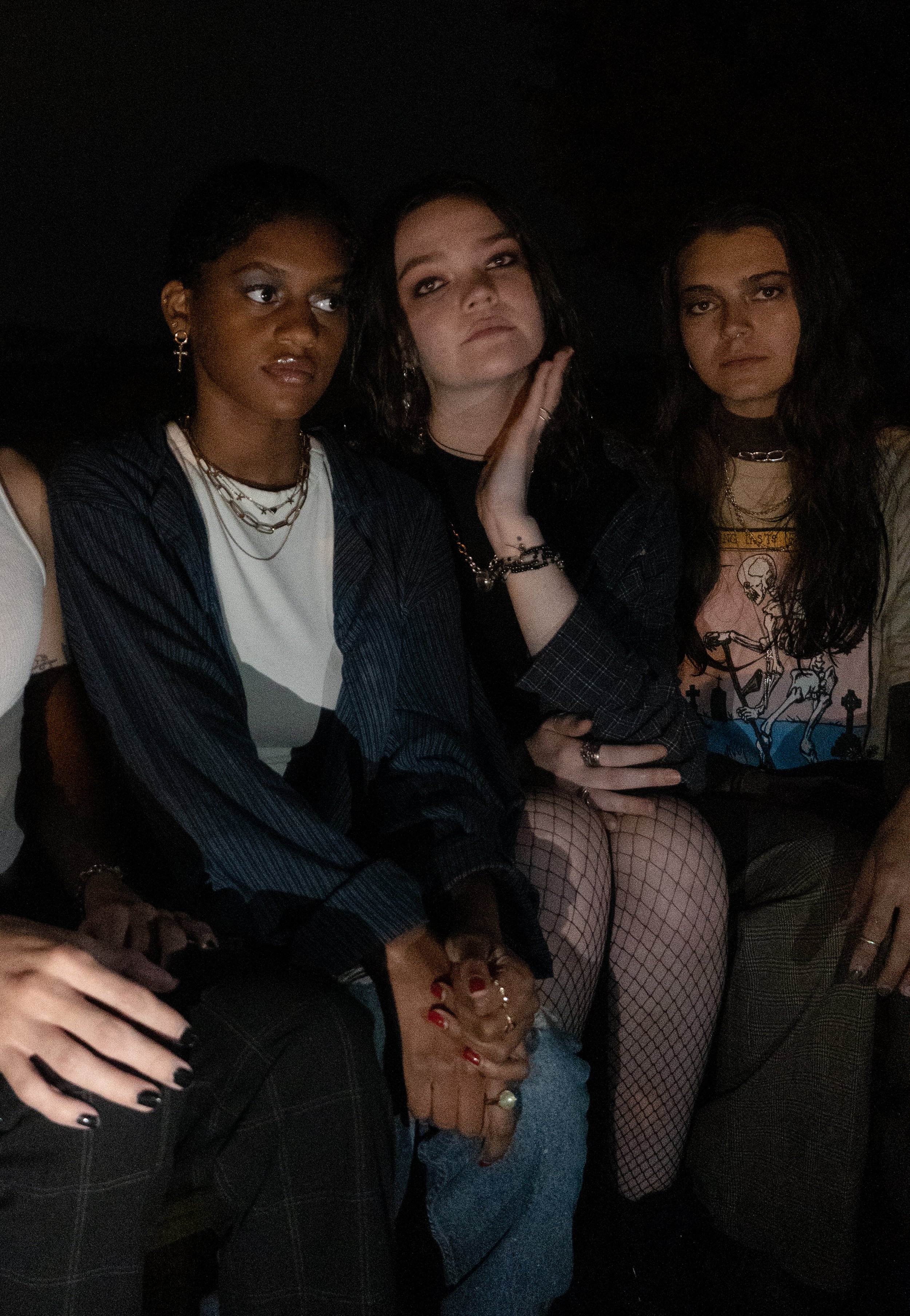The Grunge Effect
You’ve likely heard the song “Smells like Teen Spirit” before. Or, maybe you went and saw The Batman (2022) in theaters and bobbed your head along to another one of Nirvana’s Nevermind songs, “Something in the Way.” You might’ve jammed along while Evan Peters’ character on American Horror Story: Freak Show (2014) sang a cover of “Come as You Are,” or maybe you had an “emo” phase in middle school where you listened to punk bands and wore black eyeliner, Doc Martens and oversized band tees.
Recently, as autumn has set in, a few TikTok fashion pages have begun to rule out the summer’s most popular look, the “clean girl aesthetic” (stolen from the slicked-back hair, light makeup and glossy skin look that Black and Latinx women have been doing for years) in favor of a more messy, low effort and, dare we say, grunge-y vibe, with smudged eyeliner and dark lipstick.
Grunge, a huge music revolution and subculture of the ‘90s, has bled into the lives of younger generations despite the downfall of the sound. The effect is evident in the post-grunge music genre that arose after the death of grunge, in online aesthetics such as soft grunge –– popularized on Tumblr around 2012 –– as well as in the way the laid-back style of grunge kids has extended into our closets. With low-maintenance flannels, ripped-up and baggy clothes, oversized sweaters and stomping boots circling back into the fashion scene, as grunge style seems to always crop up with the colder weather, we might as well analyze how this subculture has influenced Gen Z.
So, you may be wondering –– what is grunge? For many, the word “grunge” brings to mind an era full of burnouts, sludgy guitar sounds, authenticity and teen angst. Grunge is an alternative rock genre that hit peak popularity in the early ‘90s, born out of the punk and metal genres of music. The music genre originated in the underground music scene of Seattle and neighboring towns, but thanks to the record label Sub Pop, it became popular around the world. Small-town bands became big-time sensations in no time. Big names like Nirvana, Pearl Jam, Soundgarden and Stone Temple Pilots helped to make grunge commercially successful as the ‘90s went on. Kurt Cobain, the frontrunner of Nirvana, has been dubbed “the father of grunge.” Many argue that with Cobain’s death came the death of grunge, as after his passing in 1994, many grunge bands broke up or became less visible. Unfortunately, many grunge icons are no longer alive today as addiction and mental health issues seemed to plague musicians in this bracket. But, grunge’s introspective lyrics that addressed themes such as social alienation, self-doubt, abuse, neglect, betrayal, social and emotional isolation, addiction, psychological trauma and a desire for freedom led to the growth of the grunge subculture.
Grunge’s influence was felt in music, fashion, movies, literature, politics and even culture. Many modern bands, such as Wolf Alice, Mitski and Big Thief have taken inspiration from grunge or been labeled as grunge. The followers of grunge culture were nonconformists, but not to the extent of punk. Grunge was more laid back, literally a “come as you are” aesthetic, with minimal effort put into the superficial aspects of life. Their indifferent demeanor was a heavy contrast to the content of their music, which often focused on fighting for social rights and equality. These kids just wanted to play music and talk about societal downfalls. Grunge bands were passionate about the issues that they had with society. They weren’t necessarily “activists,” just normal people that got pushed into stardom. Most of the musical artists that gained fame during this short time were surprised by the uptick in their popularity as grunge arose from the underground. Shows felt like intimate kickbacks, and the bands only played if they felt like it. The energy of these shows encouraged listeners to just be themselves while existing in that space.
However, grunge wasn’t just about the look and the vibes. Many grunge songs are attacks on inequalities that still run rampant today. The key players of grunge were not as outwardly political as punk bands were, whose lyrics would often overtly call out the government. But, since grunge was inspired by punk, the attack on social inequality and embrace of authenticity did grow within this genre. Many bands were involved in raising awareness for social and political issues, or at least got their listeners to think about these topics. Some concerts even had booths with political information.
Though subcultures in general aren’t as prevalent nowadays and the grunge subculture didn’t survive much past Cobain’s death, that doesn’t mean that this way of life didn’t affect the generations of today. Grunge synthesized many ideals and philosophies of the modern era, including feminism, liberalism and cynicism. The angst and frustration that fueled grunge music was something many Gen X-ers could relate to and later trickled down into the values of the younger generation. Gen Z runs on nostalgia culture and a yearning for a time before their own, often taking inspiration from older generations. Much like the kids of grunge, Gen Z is concerned with LGBTQIA+ rights, gender equality and the climate and is more left-leaning politically. But, while the kids of grunge often put their energy into making their music, Gen Z has a lot more opportunities for outlets and gathering information with social media. Gen Z is concerned with authenticity, and they tend to question rules and authority –– much like the grunge kids before them.
The grunge revolution was inclusive, meaning that female musicians were a vital part of the scene and feministic ideals became a part of the new sensibility. Before grunge, rock was predominantly a white, male-dominated genre. When grunge came around, the way women were viewed was transformed. The way the grunge scene treated women was drastically different from the metal bands of the 1980s, who often sang about women as conquests or items for them to overpower. Grunge rock avoided the exploitation of women; instead, grunge challenged gender norms. Hole front-runner Courtney Love was a very important feminist figure during the ‘90s. With her thought-provoking lyrics and trend-setting image, she helped put in the work to solidify this idea that rock is not just a man’s world. Many other grunge artists also commented on misogyny. People like Cobain outwardly detested any misogynistic audience they gained. “At this point, I have a request for our fans,” said Cobain. “If any of you in any way hate homosexuals, people of different color, or women, please do this one favor for us — leave us the fuck alone! Don’t come to our shows and don’t buy our records.”
So, what can we take away from this? Grunge was a short-lived phenomenon, beginning in the mid-1980s and dying around ‘94. But, its impact has been felt far into the future. We recommend listening to bands such as Nirvana, Hole, Silverchair, Veruca Salt, Pearl Jam and more. There is a lot you can learn from looking at the world in the way that they did during this era.


